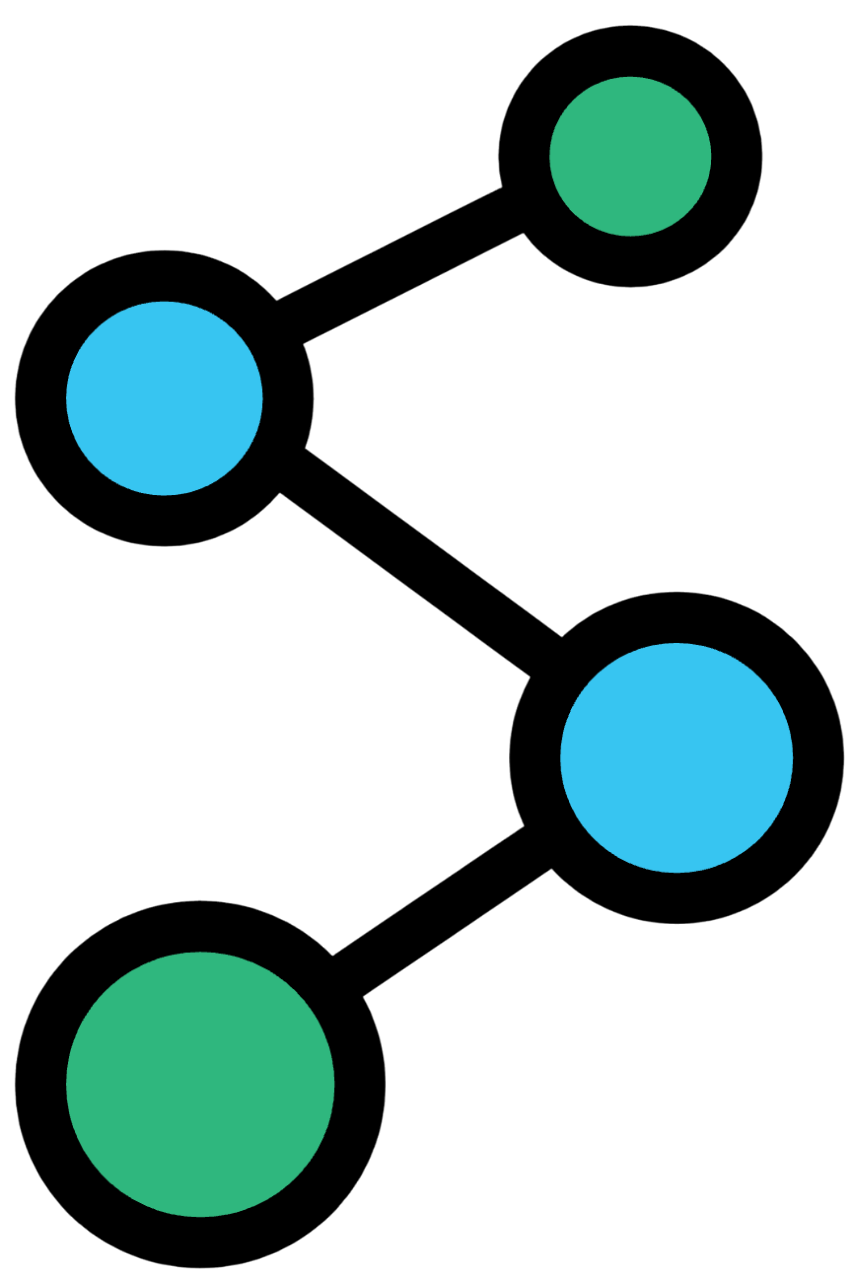Paper
Improved Techniques for Training GANs
Authors
Tim Salimans, Ian Goodfellow, Wojciech Zaremba, Vicki Cheung, Alec Radford, Xi Chen
Abstract
We present a variety of new architectural features and training procedures
that we apply to the generative adversarial networks (GANs) framework. We focus
on two applications of GANs: semi-supervised learning, and the generation of
images that humans find visually realistic. Unlike most work on generative
models, our primary goal is not to train a model that assigns high likelihood
to test data, nor do we require the model to be able to learn well without
using any labels. Using our new techniques, we achieve state-of-the-art results
in semi-supervised classification on MNIST, CIFAR-10 and SVHN. The generated
images are of high quality as confirmed by a visual Turing test: our model
generates MNIST samples that humans cannot distinguish from real data, and
CIFAR-10 samples that yield a human error rate of 21.3%. We also present
ImageNet samples with unprecedented resolution and show that our methods enable
the model to learn recognizable features of ImageNet classes.
